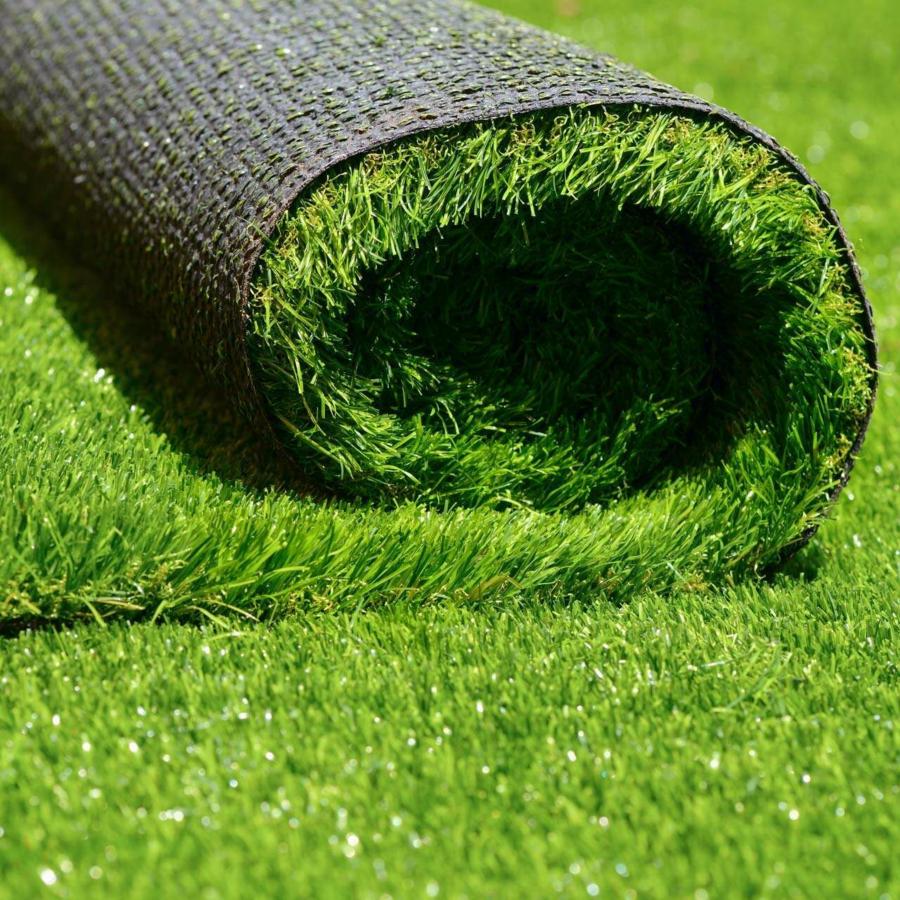In a world where the pursuit of the perfect lawn frequently enough feels like an elusive dream, artificial turf has emerged as a striking choice, capturing the attention of homeowners, municipalities, and environmentalists alike. Once relegated to sports fields and playgrounds, today’s synthetic grass is making its way into backyards, parks, and public spaces, all while stirring a spirited debate about its merits and drawbacks. As we explore the trend of artificial turf, we’ll delve into its advantages, such as reduced water usage and low maintenance, alongside concerns regarding environmental impact, health risks, and the challenges of sustainability. Join us as we navigate the intricate tapestry of pros, cons, and eco trade-offs, illuminating the complex landscape of this growing phenomenon in modern landscaping.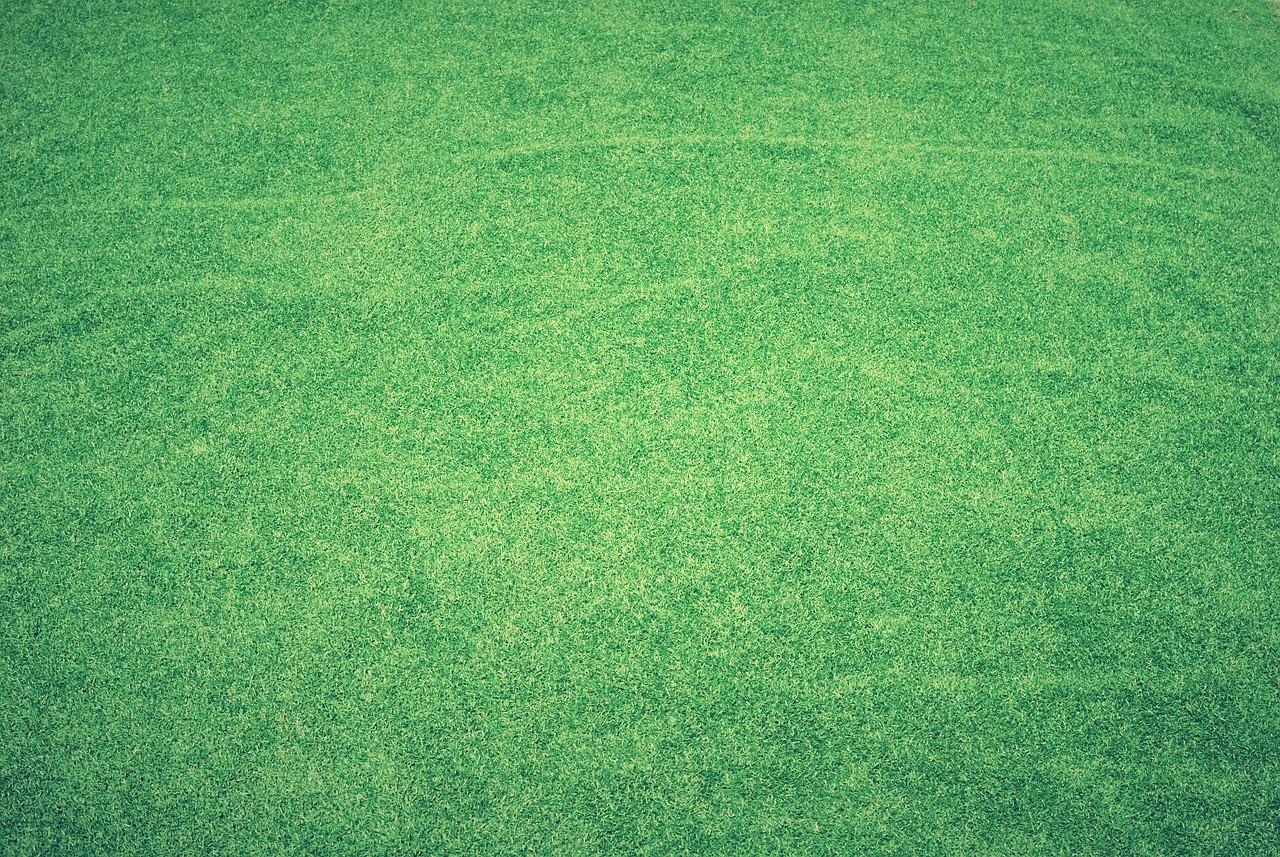
Exploring the Benefits of Artificial Turf for Modern Landscapes
Artificial turf is revolutionizing landscaping by introducing a myriad of benefits that cater to the evolving needs of modern environments. compared to natural grass, it requires significantly less maintenance, reducing the time and resources needed for upkeep.Homeowners and businesses alike can enjoy perfectly manicured lawns without frequent mowing,watering,or fertilizing. this not only saves on utility bills but also contributes to conserving water, making it a practical and lasting choice for regions facing drought.
another significant advantage is the aesthetic appeal of artificial turf. With advancements in technology, synthetic grass closely mimics the look and texture of natural grass, ensuring a lush, green landscape year-round. This is particularly beneficial for commercial properties aiming to maintain a polished exterior or residential areas where homeowners desire a consistently pristine lawn. The UV coatings incorporated in modern artificial turf also minimize fading, allowing vibrant colors to endure despite sun exposure, creating a visually appealing environment.
Lastly, the environmental impact of artificial turf warrants consideration. While it may not be biodegradable, its durability means it won’t need replacement as often as natural grass, ultimately reducing landfill waste. Moreover, synthetic turf eliminates the need for harmful pesticides and fertilizers, leading to a healthier ecosystem. Here’s a rapid comparison of the pros and cons:
| Pros | Cons |
|---|---|
| Low maintenance | Initial installation cost |
| Water-saving | heat retention |
| Consistent appearance | Not biodegradable |
| Durable and long-lasting | Perhaps harmful microplastics |
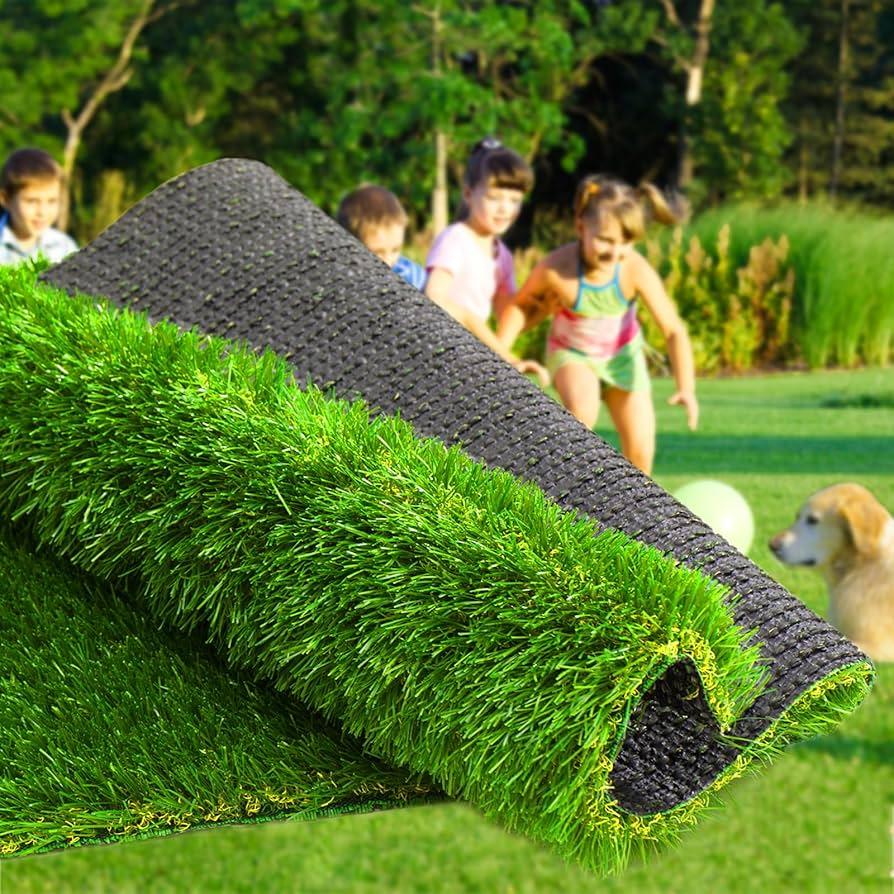
Understanding the environmental Impact: Weighing the Ecological Footprint
The growing popularity of artificial turf presents a complex landscape of ecological considerations. To truly grasp its environmental impact, one must evaluate the materials and processes that contribute to its production and installation. Often made of synthetic fibers, thes surfaces can significantly reduce water usage compared to natural grass, but they together raise concerns regarding the sustainability of petroleum-based products. The balance between water conservation and reliance on non-renewable resources is a pivotal aspect of the environmental discussion surrounding artificial turf.
Moreover, artificial turf can lead to changes in local ecosystems. While it eliminates the need for herbicides and pesticides, which can runoff into waterways, the synthetic grass also offers a different set of challenges. The heat retained by these surfaces often causes urban heat islands,impacting local flora and fauna and possibly deterring natural wildlife from thriving in these environments.As communities lean toward this grass substitute, careful consideration of its broader impact on local climates and habitats becomes essential.
In terms of end-of-life disposal, artificial turf faces significant hurdles. Unlike natural grass, which can simply decompose, synthetic turf may contribute to landfill waste if not properly recycled or repurposed. Research is ongoing into recycling technologies, but the current infrastructure remains limited in many regions.The table below outlines some key pros and cons associated with using artificial turf regarding its ecological footprint:
| Pros | Cons |
|---|---|
| Reduces water usage | Made from non-renewable resources |
| Low maintenance needs | Potential heat absorption increases local temperatures |
| minimizes pesticide and herbicide submission | Disposal and recycling challenges at end-of-life |
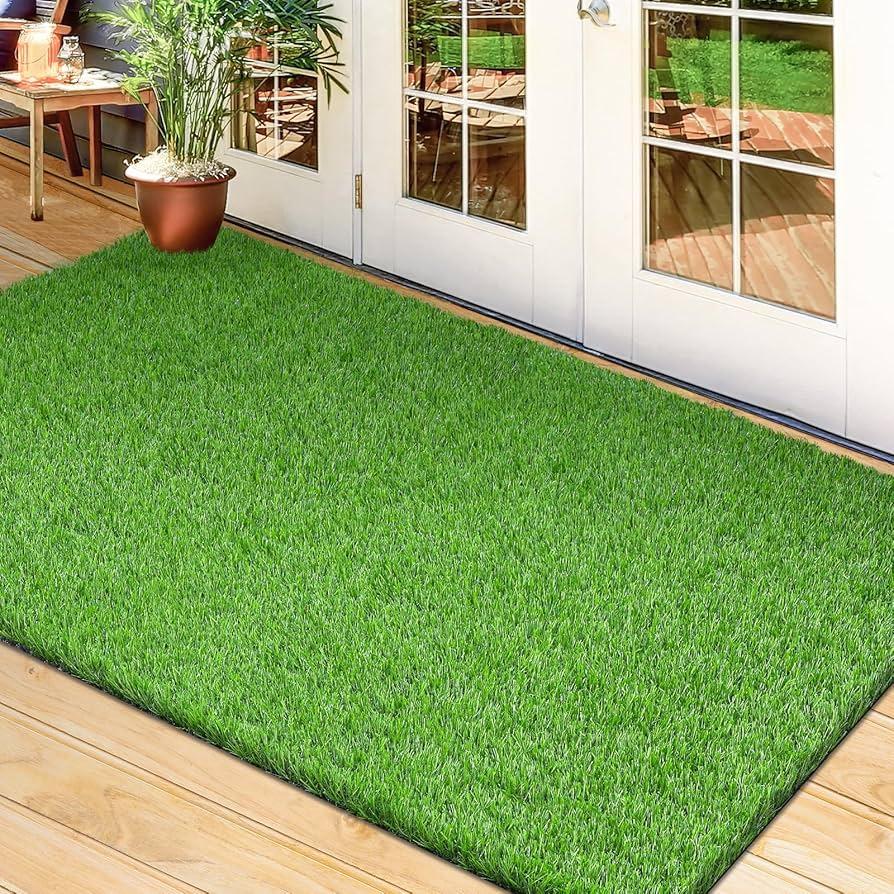
Navigating the Drawbacks: Potential Health and Maintenance Concerns
While artificial turf offers numerous advantages, it is not devoid of concerns that warrant careful consideration. One of the primary worries is heat retention.The materials used in synthetic grass are known to absorb sunlight and can reach significantly higher temperatures than natural grass. On hot summer days, the surface temperature can soar, potentially creating an uncomfortable environment for both athletes and pets.Some studies suggest that turf temperature can be substantially higher than the surrounding ambient air, leading to potential heat-related injuries or discomfort during play.
Another critical issue relates to chemical exposure. Artificial turf is often made from materials that may contain harmful chemicals or toxic components, including heavy metals. There are debates surrounding the long-term effects of prolonged exposure to these materials,particularly for children and pets who spend extensive time on these surfaces. Additionally, the infill materials used in many artificial systems, such as crumb rubber, have raised health alarms, as they can potentially emit volatile organic compounds (VOCs) and othre suspicious compounds when heated.
Maintenance is also an aspect to consider when weighing the pros and cons of artificial turf. Although it generally requires less frequent mowing compared to natural grass, it is not maintenance-free. Regular upkeep is essential to keep the surface safe and functional. This includes:
- Cleaning debris such as leaves or trash to prevent mold and mildew growth.
- Brushing the grass to keep the blades upright and improve drainage.
- Refilling infill materials occasionally to maintain performance and cushioning.
- Regular inspections for signs of wear and tear or potential hazards.
In sum, while artificial turf holds many advantages, particularly in terms of aesthetics and availability, the associated health risks and maintenance demands should not be overlooked.
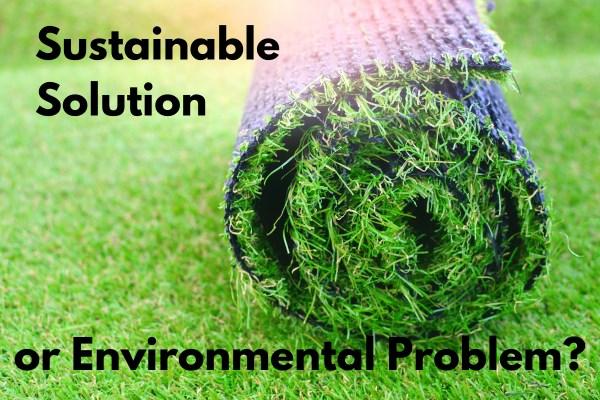
Making Informed Choices: Tips for Sustainable Turf Selection and Care
When considering artificial turf as a viable option for landscaping, it’s essential to evaluate not just the surface but the broader environmental impacts. Sustainable turf selection goes beyond aesthetics and immediate cost savings. Begin by researching the resin and materials used in the artificial turf you are considering. Look for products that incorporate recycled materials or are recyclable themselves, as this reduces the lifecycle impact on the environment. Don’t hesitate to consult manufacturers about their sustainability practices; openness is a positive sign.
Care and maintenance play a crucial role in your turf’s longevity and its environmental footprint. Regular maintenance can mitigate the cons associated with artificial turf, such as heat retention and drainage issues. Some useful tips for care include:
- Regular brushing: This helps maintain the fibers and keeps the grass looking lush.
- Check for debris: Removing leaves and dirt prevents mold and ensures proper drainage.
- Secure the edges: This protects against wear and tear and enhances aesthetics.
- Use infill wisely: Opt for infill materials that are safe for pets and children, such as coconut or rubber.
Moreover, it’s beneficial to analyse the trade-offs between artificial and natural turf through comparative measures. The following table highlights key features worth consideration:
| feature | Artificial Turf | Natural Grass |
|---|---|---|
| Water Usage | Minimal | High |
| Maintenance | Low | High |
| Longevity | 10-15 years | seasonal |
| Environmental Impact | Potentially High | Variable |
Understanding these aspects can empower homeowners to make choices that align with their values and ecological goals, fostering a more sustainable approach to outdoor living.
Q&A
Q&A: Artificial Turf is Trending – Pros, Cons & Eco Trade-offs
Q1: What is artificial turf, and why is it becoming so popular?
A1: Artificial turf, or synthetic grass, is a man-made surface designed to mimic the appearance of natural grass. Its increasing popularity can be attributed to factors such as low maintenance, durability, and aesthetic appeal. In urban areas where green spaces are limited, artificial turf offers an accessible alternative for parks, sports fields, and residential lawns.
Q2: what are the primary advantages of using artificial turf?
A2: Artificial turf has several notable perks, including:
- Water Conservation: It requires no watering, making it a water-efficient choice in drought-prone regions.
- Durability: It holds up well against heavy foot traffic and adverse weather conditions, promising less wear and tear.
- Low Maintenance: Gone are the days of mowing, fertilizing, and aerating. A quick rinse or brush is often all that’s needed to keep it looking fresh.
- Allergies: For those sensitive to pollen, artificial turf can offer a sneeze-free experience, reducing allergic reactions!
Q3: What are some drawbacks associated with artificial turf?
A3: While there are clear benefits, there are also significant downsides:
- Heat retention: Artificial turf can become significantly hotter than natural grass, potentially creating an uncomfortable environment for both humans and pets.
- Environmental Impact: The production and disposal of synthetic materials can lead to pollution,and the turf can take centuries to decompose.
- Limited Biodiversity: Unlike a natural lawn that supports microorganisms and insects, artificial turf cannot provide a habitat for local wildlife, reducing biodiversity.
Q4: How does artificial turf impact the environment, particularly in terms of sustainability?
A4: The environmental impact of artificial turf is a complex issue. While it conserves water and reduces the need for chemical fertilizers and pesticides, its production involves petroleum-based products, which contribute to carbon emissions. Additionally, end-of-life disposal presents challenges, as many synthetic turfs are not recyclable. This raises questions about the overall sustainability of using artificial turf,especially as we strive for greener living.
Q5: What should homeowners consider before installing artificial turf?
A5: Homeowners should evaluate several factors, such as:
- Location: Consider climate, foot traffic, and intended use to determine if turf is the right fit.
- Costs: while upfront installation can be pricey, weigh it against long-term savings in maintenance and water bills.
- Alternatives: Natural grass, xeriscaping, or mixed solutions combining both natural and synthetic elements can offer viable eco-friendly alternatives.
- Local Regulations: Some neighborhoods have restrictions on synthetic materials, so it’s wise to check before making a decision.
Q6: What trends are emerging in the artificial turf industry?
A6: The artificial turf industry is evolving with innovations such as:
- Bio-based Materials: Manufacturers are beginning to explore more eco-friendly production methods using renewable resources.
- Cool Turf Technology: New formulations that reflect sunlight can reduce heat retention, creating a more agreeable experience.
- Custom Designs: Turf is now available in various colors and patterns, appealing to creative landscaping ideas beyond traditional green.
Q7: what’s the take-home message about artificial turf?
A7: The growing trend of artificial turf reflects a desire for practical and attractive landscaping solutions. Tho, as with any choice, it comes with its pros and cons, particularly regarding environmental impact. Before making the switch, weigh the benefits against your personal values and environmental considerations, seeking solutions that align with a sustainable future.
By thoroughly examining the choices, homeowners can make informed decisions that embrace both aesthetics and eco-consciousness in their outdoor spaces.
To Conclude
As we conclude our exploration of the rising trend of artificial turf, it’s clear that this choice is as multifaceted as it is popular. With its appealing aesthetics and low maintenance demands, artificial turf offers a tempting alternative to natural grass, especially in regions plagued by drought or where water conservation is crucial. However, the environmental implications and health concerns associated with synthetic materials remind us that not all that glitters is green.
As we weigh the pros and cons, it’s essential to consider the broader context of our choices. The decision to install artificial turf is not merely about immediate convenience; it is indeed an intricate balancing act between personal preferences and ecological responsibilities. Understanding the trade-offs involved empowers us to make informed decisions that reflect our values and priorities.
In an era where sustainability is more significant than ever, let’s continue the conversation about our landscapes—both natural and artificial. Whether you choose to embrace the synthetic or nurture the natural, being mindful of our impact on the planet is the true path to a greener future.
